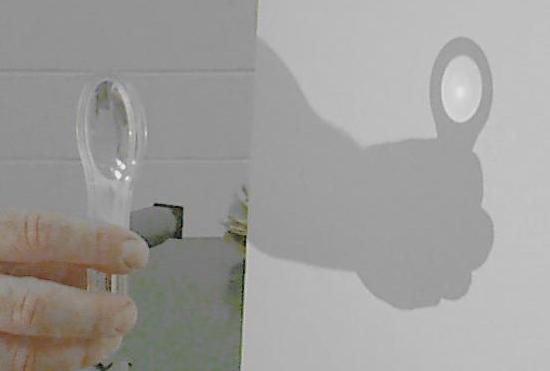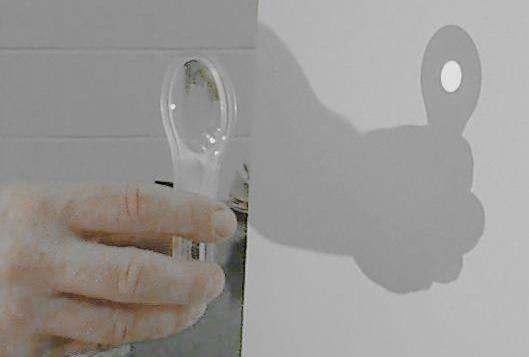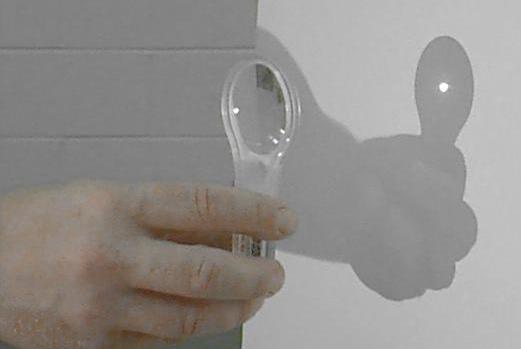


There are many forms of energy. The most familiar (or at least the most evident) are kinetic energy, which is the energy an object possesses because it is in motion, and gravitational potential energy, which is the energy that an object gains as it is lifted against the gravitational force. We put fuel into our cars to provide energy that will be released in chemical reactions; we transmit energy in electrical form along wires. An object has more energy if it is hot than if it is cold, and this increase in energy is called thermal energy. And light carries energy.
The reason for being interested in energy is that the total energy of the universe never changes. The short statement of this is energy is conserved. Thus there is a bookkeeping of energy, such that one object in one place can gain energy only by removing energy from something else. This sets limits on what can happen that can be very useful in understanding the world.
Light transmits both energy and information, and most of the time the information aspect of light is more interesting than the energy content. However, there are four examples than can be given in which conservation of energy plays a role.
The energy balance of the earth
Sunlight brings energy to the earth. A large fraction of the light arriving at earth is reflected by clouds, snow, or the ground, and only spends the tiniest fraction of a second visiting us on earth. However, some is absorbed, and the amount is still large compared to the human energy scale -- after all, it is capable of changing the temperature of a whole continent, which none of us can afford to do.
Most of the absorbed energy is is turned to thermal energy -- it makes things hot, or evaporates water. All of the energy of the weather -- wind, rain, flowing rivers -- is due to the uneven heating of the earth.
Some of the sun's energy is captured by growing plants in the form of chemical energy. This stored sunlight is the energy we get from food, and also from any fuel we burn (the energy of oil and coal started as sunlight millions of years ago!).
Because energy is conserved, just as much energy must leave the earth every day as arrives. It leaves in the form of invisible infrared light. The temperature of the earth is determined by the balance between energy arriving (which is constant) and energy leaving (the amount of energy radiated away depends strongly on temperature). Then processes that affect the rate of release of infrared light affect the temperature of the earth -- in a nutshell, that is what the global warming and greenhouse gas controversy is about.
Paying the electric bill
Power is the rate at which energy is produced or used. It is measured as the amount of energy divided by the time interval in which it arrives. The common units are "horsepower" and "watts"; 1 HP is 746 Watts. A flashlight uses 1 Watt of electrical power to produce 0.05 W of visible light; at noon on a bright cloudless day the sun delivers about 1000 W to each square meter of the earth's surface.
All the energy that goes into a light bulb comes right back out, but not necessarily as visible light. To appreciate the possibilities, let's compare the power rating and cost to operate for three kinds of lights, all delivering the same amount of visible light (1000 lumens).
| type | Power required | Cost to operate | |
|---|---|---|---|
| incandescent | 75 W | $0.0075 per hour | |
| mercury lamp | 20 W | $0.0020 per hour | |
| fluorescent | 15 W | $0.0015 per hour | |
| metal halide street light | 13 W | $0.0013 per hour | |
| high pressure sodium | 12 W | $0.0012 per hour |
Focussing light with a lens
A lens only redirects the light, and must do so in a way that keeps the total energy of the universe constant. A lens doesn't make energy -- it only concentrates it. The sequence of pictures below try to illustrate this. All the light that hits the lens is redirected towards a small image, and the screen intercepts the light at various points.
 | a large dim spot |
 | a smaller, brighter spot |
 | A very small, very bright spot |
Charging and discharging the luminescent paper
Blue light is absorbed by the paper, and creates stored energy. In the dark, this energy escapes again. The escape process is a common situation in physics: half of it escapes in a short time interval (about 10 seconds), and half of what is left escapes in the next time interval (another 10 seconds), and half of the remainder escapes in the next time interval... . So it takes forever for all of the energy to escape, but by any rule most of it is gone in a few minutes. Because our eyes adjust to dimness even as the emitted light is becoming steadily dimmer, we tend to overlook the change over time.
There is clearly a compromise involved here: a very bright
luminescent material would lose its energy quickly.
You may be able to detect this for yourself: changing the
temperature of part of the luminescent paper will change the
rate of energy emission -- where the paper is warmer it is
brighter, initially. But the warm places are losing the stored
energy faster, and will sooner become discharged and thus dark.
Energy is conserved!
What have we learned about light energy?